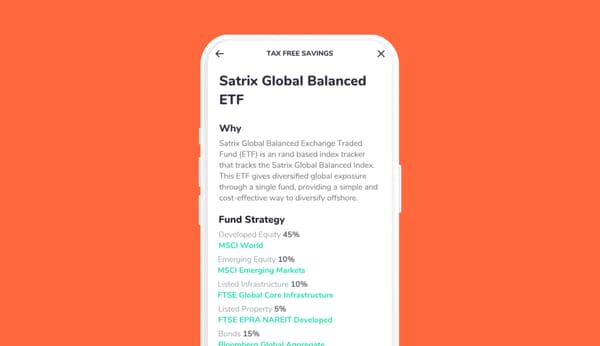Going to the grocery store is a necessary task for most of us. Whether you’re restocking your pantry or simply picking up a few items for dinner, it’s hard to overlook how food prices have risen over the last year along with fuel prices, housing, electricity etc. The rising cost of living has made it harder for many to get to the end of the month without any financial anxiety. With that said, there are steps we can take to get on a stronger financial footing - stick with me here.
Budgeting allows you to track your income and expenses, giving you a clear picture of your financial situation and gives you the ability to plan ahead. Financial stability is the goal and with this information, you can make necessary adjustments to achieve this goal. Now that we have a goal established, let’s look at a step by step guide on how to achieve it.
Get a budgeting tool
Whether it’s an old school excel sheet or cool apps such as 22seven that track your spending and money management, it’s important to have a budgeting tool to help you not only track your income and all your expenses but to stick to your plan. Using a budgeting tool can help you become more aware of your spending habits, which can lead to better financial decisions. By seeing where your money is going each month, you can identify areas where you might be able to cut back and save money.
Expenses
Now that you have your budgeting tool ready, let's get started. When creating a budget, you'll need to prioritize your fixed expenses. This means distinguishing between essential expenses, such as rent, food, and utilities, and discretionary expenses, such as entertainment and travel. It's crucial to ensure that essential expenses are covered before spending on non-essentials.
Reduce Debt
Debt typically comes with interest costs, which can add up quickly (especially if you miss those repayments) and make it harder to pay off the debt. By reducing your debt, you can lower the amount of interest you pay over time, which enables you to free up more of your income for your expenses and savings.
Plan for the Future
A budget can help you plan for the future by setting aside money for long-term goals, such as retirement or a child's education as well as short-term goals such as an emergency fund. If you’re not sure how much you need to put towards your savings, you can follow Elizabeth Warren's 50/30/20 rule as a guide. The rule dictates that you spend 50% of your income on needs, 30% on wants and 20% should go towards saving and investing for the future. Now remember, the goal is financial stability so the more you can put away towards your savings the better.
Budgeting is essential for managing your finances, especially in the current economic climate. By creating a budget, you can take control of your finances and plan for the future. Start by tracking your income and expenses and setting aside money for emergencies and long-term goals. With a solid budget in place, you'll be better equipped to navigate any challenges and more importantly meet your financial goals.







![How & Why You Should Do a Financial Reset [+ downloadable financial reset journal]](/blog/content/images/size/w600/2024/12/Setting-goals-for-the-year.png)


